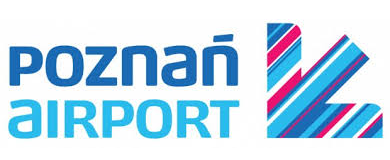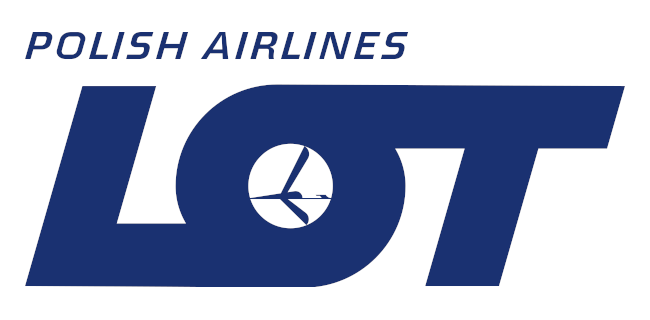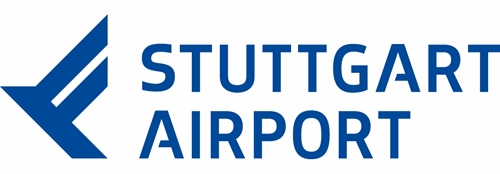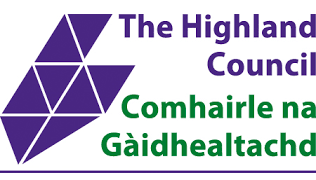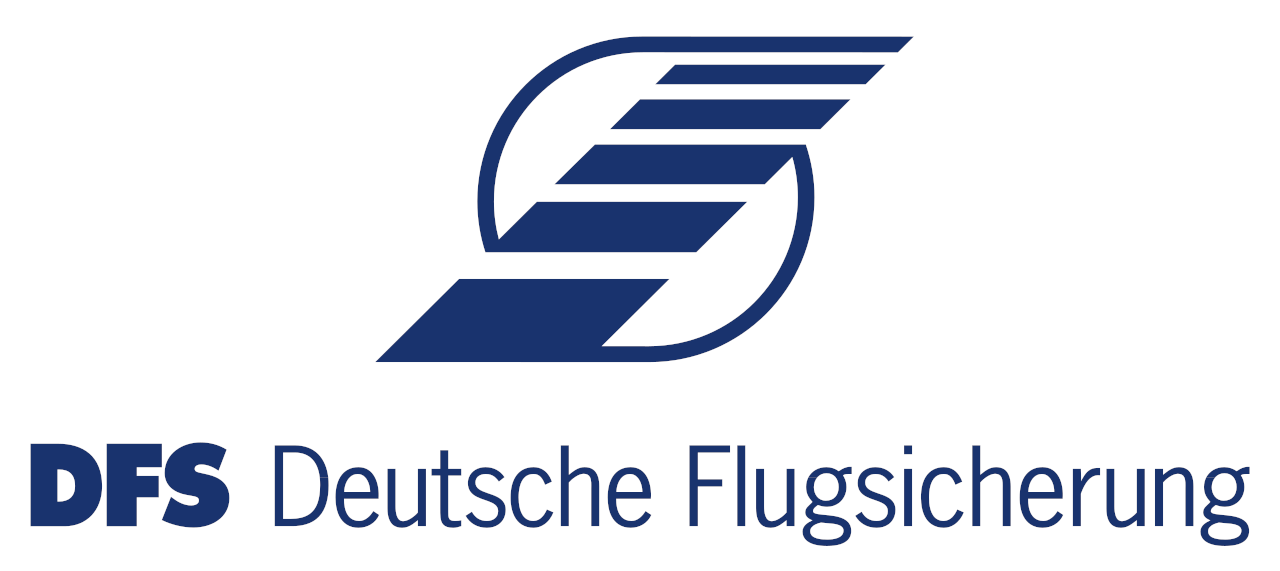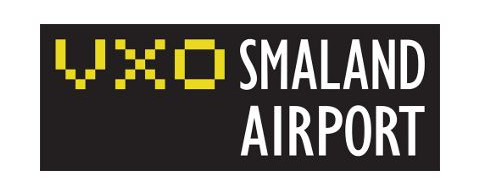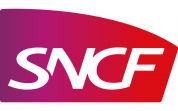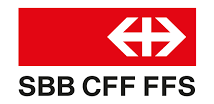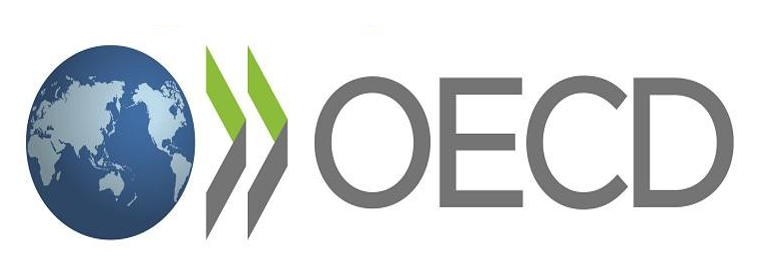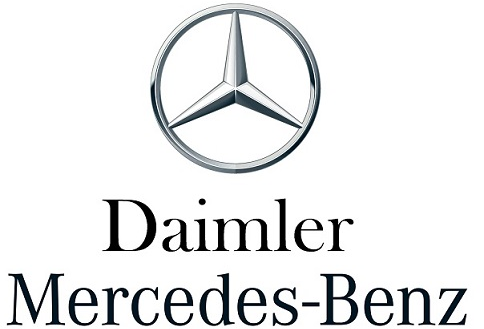Consultancy
Portfolio
MKmetric has a wide experience in the transport sector with focus on passenger and cargo air transport based on Door-to-Door demand. Tasks have been performed for transport service providers / operators /associations, policy decision makers and administration entities on local, regional, national and European level. MKmetric has a thorough insight in transport performance. This insight is not limited to matters concerning business economics; it concerns also strategic, tactical and operational elements. Giving advice concerning improvements, potentials and actions to be taken is therefore a matter of course.
The projects performed by MKmetric cover a wide spectrum of subjects. They vary from defining the task, selecting proper modelling forms or algorithms, setting up business or policy scenarios, doing forecasts, developing software applications and providing online services, analyses and interpretation of results as well as setting up action plans based on the recommendations given.
Besides qualitative assessments MKmetric enriches such assessments with a quantification of the effects of solutions suggested. Validated second to none non linear data models, processes, algorithms and routines developed during more than two decades are the base of our work. For these big data computing we use our enlarge UNIX server farm.
Special Expertise
Special expertise is available in the rail transport and the aviation sector. This unique know how has been used to assist in the development and evaluation of transport policy actions, infrastructure investments, service inaugurations, pricing structures, intra-modal and multi-modal competitive situations, inter-modal connectivity, regional development funding, cohesion status and the transport modes contribution. Strategic and tactical scenario simulations have been of interest for the policy decision makers as well as the transport service provider / operator. On request we participated in several consultation processes and hearings or provided the adequate response to be forwarded by the client. As a prerequisite to allow clients the validation of our results, we undertake an ex post forecast to make model results transparently when comparing them with a well known reference e. g. years' statistics and supply situation.
Project Management
MKmetric is open for any co-operation, either working within a team, as partner or sub-contractor. We are pleased to take the project lead. MKmetric co-ordinates international large-scale multi client projects as well. Such projects had been carried out for national as well as international authorities and companies. The leading task concerned projects as a whole (e.g. the EC projects). This concerned the financial tasks (trustee, reporting, book keeping) as well as complex work packages where different institution had to be co-ordinated concerning content and quality. A close relationship to our clients to streamline project execution by direct communication, fast decisions and an agile development is of outstanding importance to us.
Development
Tools
The tool development is based on our research. We transform the in-house models, algorithms and processes into applications to enrich either the web tools or the internal tools. The web-tools allow the client to become independent from other services as they are capable to investigate scenarios on their own. Since the user interfaces of our applications are predominantly produced as web-based solutions, they are cross-platform. The internal tools are dedicated to investigate complex problems where special expertise is required to implement the question in focus precisely. In the back-end, we rely on Unix cluster and virtualisation, each selected according to our specific requirements.
Algorithms and MKmetric in-house Models
To allow a maximum flexibility and speed our tools are developed by our own software team. In consequence our team can put hands on all data items at any time whilst the algorithms and models are processing. This allows to produce tools for specific client needs or to optimise the applications for their use within the business process.
Examples: production of intermediate results instead of a full model run; short cuts or quick shots to allow for a fast response time, interfaces for automatic data exchange; integration into the clients business process; model adaptations reflecting specific market requirements of clients; individual calibration of models based on clients data.
As we execute the computations on Door-to-Door base the number of calculations is exponentially higher than the ones with the traditional airport-airport based tools. Nevertheless our team takes care of tailored soft- and hardware solutions to minimize the response time for scenario simulation and analyses.
Tailor-made Model / Software Development for Clients
Clients have specific questions which have to be treated individually. Our team has a long history and experience in developing different types of non-linear data models for our clients’ needs. These data models can be adapted to the client’s environment or internal data set. The extension of models also address specific attributes to be investigated, markets to be explored in more detail or specific analyses to feed internal processes which can be developed and embedded into our existing tools.
In case a client wants to develop an own model system to deal with his individual problems, we are delighted to assist. This compromises the exploration of the problem, the design of the model, the investigation of available data and the ones to be surveyed or produced by suitable techniques (e.g. from trend to AI), the model development, testing and validation towards the implementation into existing tools on the client side or new engineered software tools.
Research
Monitoring
The passenger transport market is continuously monitored to maintain an up-to-date database. Elements of interest are transport volumes affecting the demand as well as service information like schedules, networks and tariffs mirroring the supply side. Certain analyses are performed on top of the results of the monitoring phase to create policy relevant indicators, intra-modal benchmarking and market analyses. To reflect the regional dimension socio-economic information collected from external data sources, like national statistical offices and other multinational sources. These data are complemented, harmonized, enriched, and validated so that they can be used as basis of projections of the future in context of policy recommendations, infrastructure investments, fleet strategy, and network development.
Modelling
The non linear modelling techniques used by MKmetric reflect Door-to-Door demand, intra-modal competition, inter-modal cooperation of modes and travellers behaviour concerning thresholds and captivities. Using the quasi direct format models are linked so that effects of changes at a specific supply component is considered in all other models, e.g. a new rail service to an airport is reflected in the airport and route choice as well as the demand attracted by a service alternative or changes of service attributes are reflected by the cannibalisation of services at other airports or routes.
The functional forms used take into account the non-linearity in human behaviour, thus the reaction of passengers to changes in the 'level of service' can be evaluated much more precisely compared to classic linear models. This allows in particular the detection of 'thresholds' concerning certain transport policies or products resp. services etc. The combination of models and algorithms have been used in several studies. These projects aimed e.g. at forecasting high speed rail demand or quantifying new airport locations at a number of cities as well as network strategies and policy measures like air service agreements.
The most important challenge of modelling is the reflection of the real world while keeping alive the sensitivity of models and ensuring a clear interpretation. Thus our models are calibrated to a quality level of more than 90 percent. This is of outstanding importance as models mirroring each single detail of the past fall short in reflecting the sensitivity of transport activities to demand and supply changes, i.e. they are of minor value for the interpretation why changes happen on the transport market.
Algorithms
The supply and demand data collected need to be treated by algorithms to enrich the information for modelling purposes and to allow simulations. Mode specific routines are developed like connection builder, path and assignment algorithms as well as routines to fill data gaps and to eliminate data outlier. The collection of frequently surveyed data and link counts form the demand side of the information needed for model testing and calibration. Client specific data can be embedded to streamline an application for individual needs. In context of modelling the work includes construction and testing of new estimation routines.
Process
Business processes of clients are usually embedded into complex structures of decision levels incorporating different departments at a variety of decision levels. Thus the models and tools must be capable to fade into the process where appropriately benefiting the overall process. While a sequence of a business process can be streamlined by the tools MKmetric offers, interfaces secure compatibility to and automatic data exchange with the other parts. Therefore all tools are developed in-house to ensure a maximum of flexibility for adaptation to clients needs.























